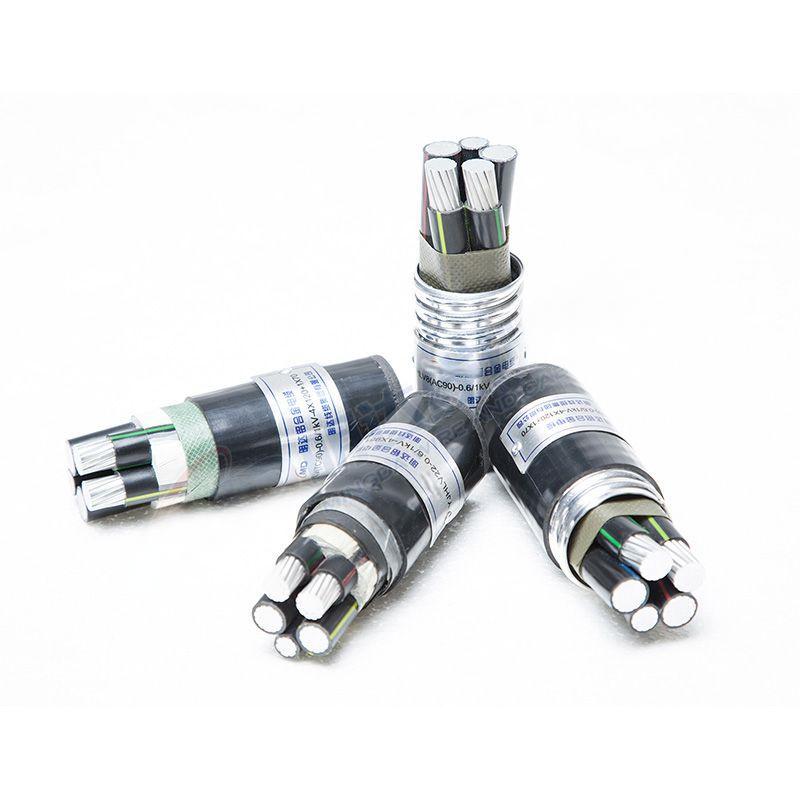Nov . 24, 2024 16:05 Back to list
Double Offset Flange Butterfly Valve Design and Applications in Fluid Control Systems
Double Eccentric Flange Butterfly Valve A Comprehensive Overview
The double eccentric flange butterfly valve is a crucial component in various industrial applications, particularly in fluid control systems. Designed for efficient flow regulation, this type of valve is characterized by its unique construction that provides several advantages over conventional valves.
Understanding the Design
The key feature of a double eccentric butterfly valve is its eccentric design. Unlike conventional butterfly valves where the shaft is located at the center, the double eccentric valve has its shaft positioned off-center. This arrangement means that as the valve opens, the disc does not merely rotate around a fixed point; instead, it moves in a way that reduces contact between the disc and the seat. Consequently, this design minimizes wear and tear while promoting smoother flow characteristics.
The term flange refers to the type of connection used to secure the valve to the piping system. Flanged connections provide easy maintenance and installation, making the double eccentric butterfly valve a popular choice in various industries.
Advantages of Double Eccentric Design
1. Reduced Friction and Wear One of the main benefits of the double eccentric design is the significant reduction in friction between the valve seat and the disc. This leads to a longer lifespan for both the valve and the piping system.
2. Improved Performance Under High Pressure Double eccentric butterfly valves can operate efficiently under high-pressure conditions. Their design allows for better sealing capabilities compared to traditional valves, ensuring minimal leakage and maintaining pressure integrity.
3. Flow Control These valves allow for precise control over fluid flow, making them suitable for a variety of applications ranging from water treatment to chemical processing. Their ability to provide a throttling function adds to their versatility.
double eccentric flange butterfly valve

4. Space Efficiency Due to their compact design, double eccentric butterfly valves occupy less space than other types of valves while still providing significant flow control capabilities.
5. Lightweight Construction Generally made from lightweight materials, these valves are easier to handle during transport and installation, reducing labor costs and improving efficiency.
Applications
Double eccentric flange butterfly valves are widely used across various sectors, including
- Water Treatment Plants They play a critical role in managing the flow of water, ensuring that processes operate smoothly and efficiently. - Oil and Gas Industry These valves are deployed in pipeline applications where reliable sealing and pressure resistance is essential.
- Chemical Manufacturing Due to their ability to handle corrosive materials, double eccentric valves find extensive use in controlling the flow of chemicals.
- HVAC Systems Their efficiency in regulating airflow makes them ideal for heating, ventilation, and air conditioning applications.
Conclusion
The double eccentric flange butterfly valve represents a significant advancement in valve technology. Its innovative design not only extends the operational life of the valve but also enhances performance across a range of applications. As industries continue to adopt more efficient and reliable components in their systems, the double eccentric butterfly valve is poised to remain an essential part of fluid control solutions. Through ongoing innovations and improvements, manufacturers are likely to develop even more sophisticated versions of this versatile valve, meeting the ever-evolving demands of modern industry.
Share
-
Reliable Wafer Type Butterfly Valves for Every IndustryNewsJul.25,2025
-
Reliable Flow Control Begins with the Right Ball Check ValveNewsJul.25,2025
-
Precision Flow Control Starts with Quality ValvesNewsJul.25,2025
-
Industrial Flow Control ReliabilityNewsJul.25,2025
-
Engineered for Efficiency Gate Valves That Power Industrial PerformanceNewsJul.25,2025
-
Empowering Infrastructure Through Quality ManufacturingNewsJul.25,2025


